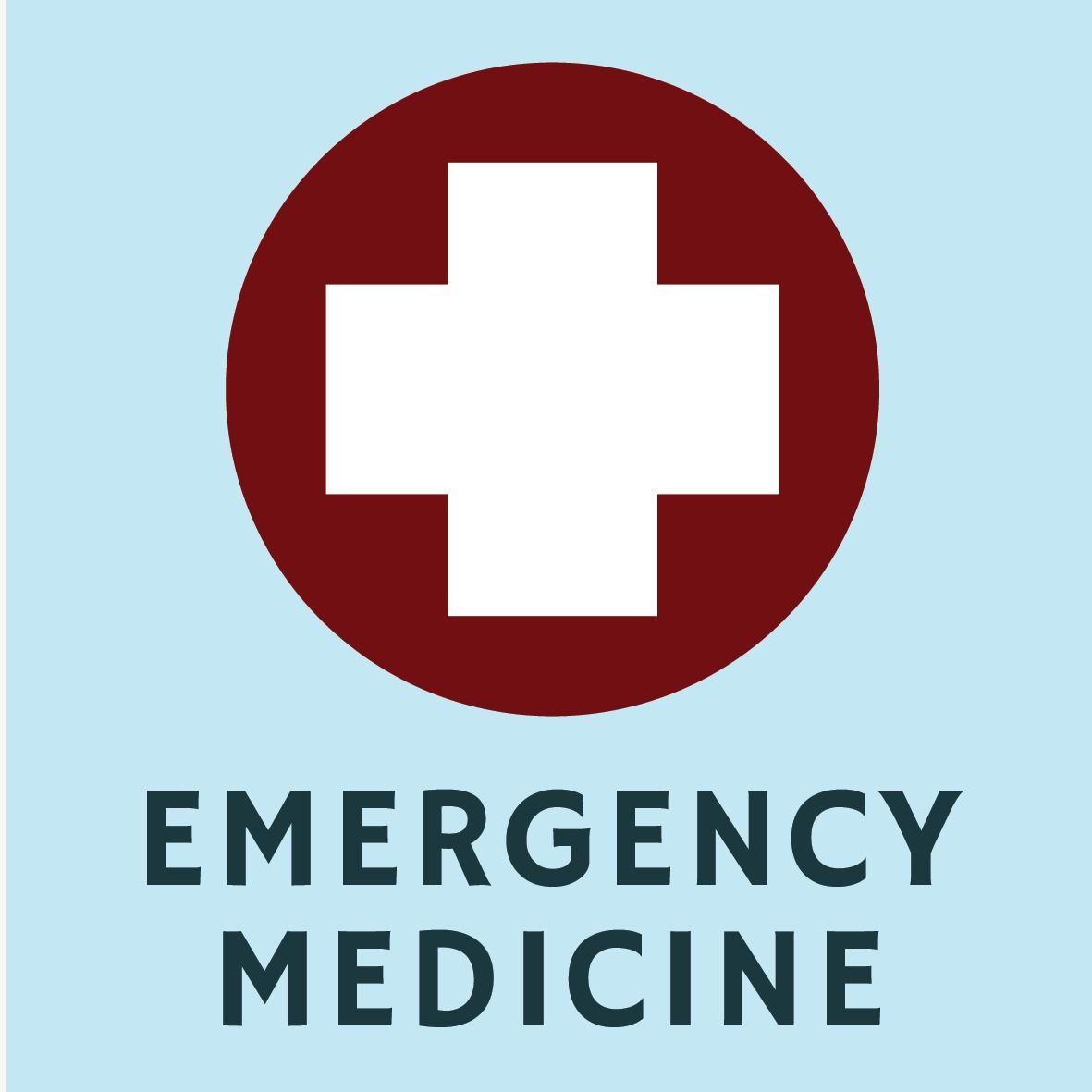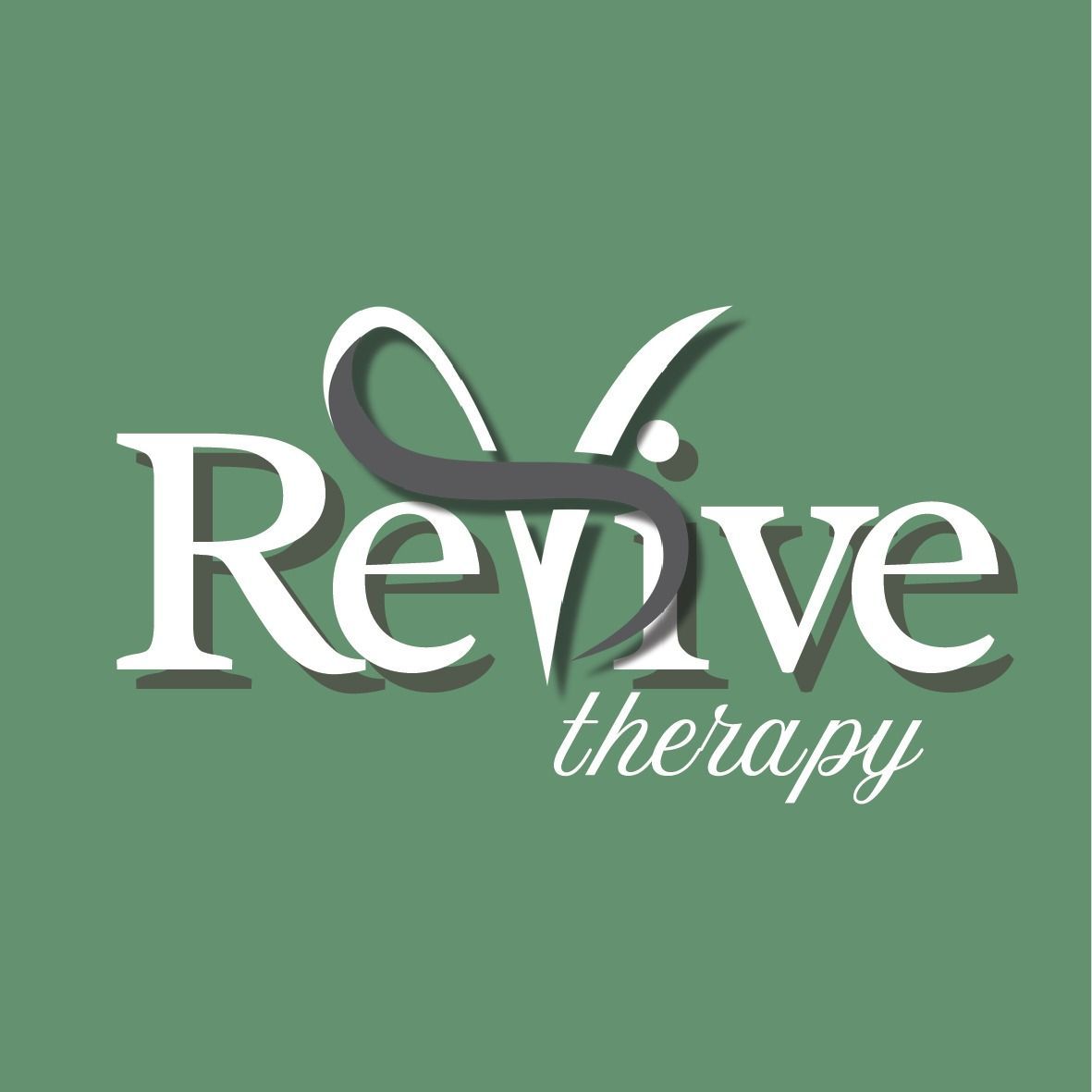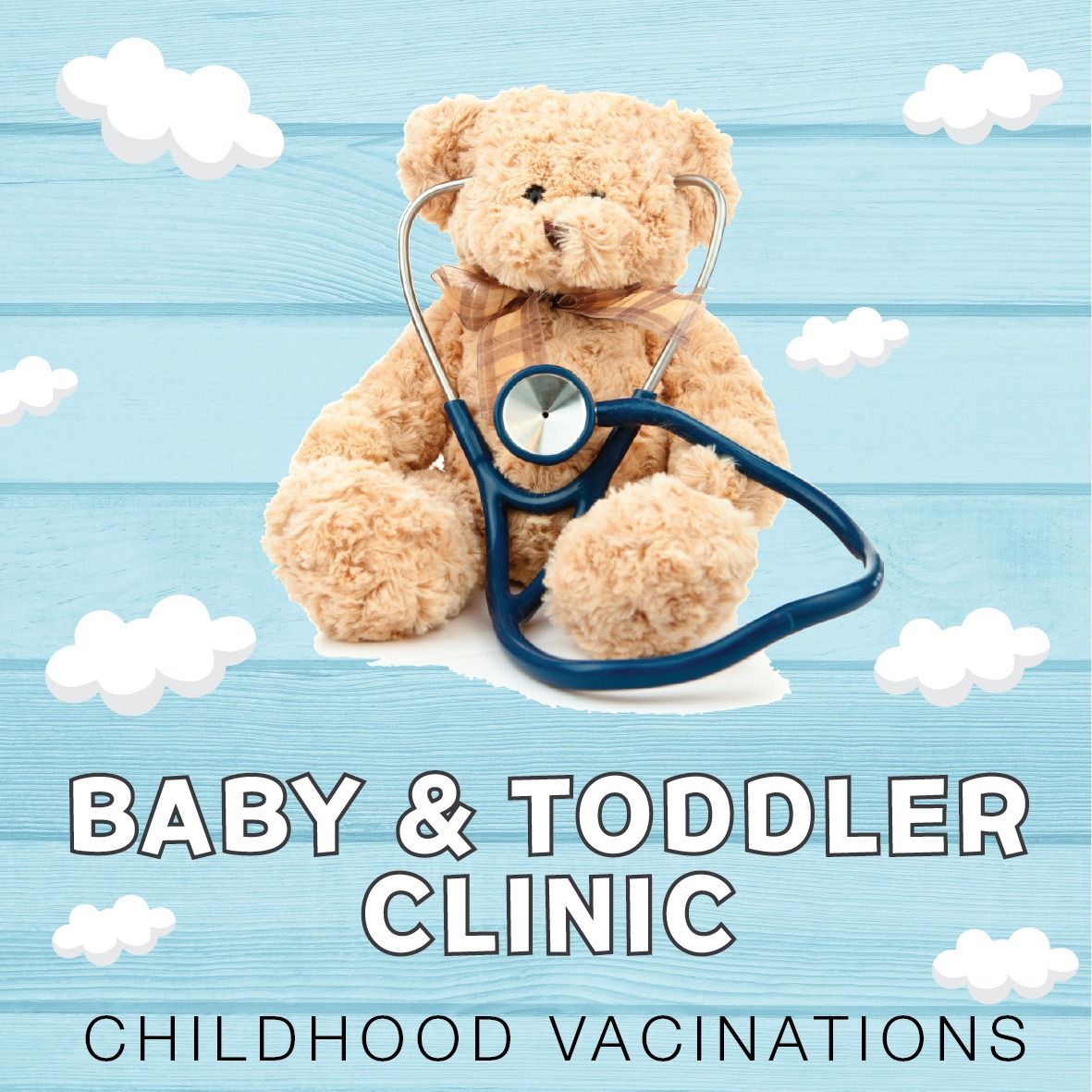Choosing the Right Medical Aid Plan: What Patients Should Consider
Selecting a medical aid plan can feel overwhelming.
With so many options, benefits, and price ranges, it’s not always easy to know which one is right for you or your family. The good news is that with a little guidance, you can make a confident decision that protects your health and fits your lifestyle. Here are some key points to keep in mind when choosing your plan.
1. Think About Your Health Needs
Start by looking at your own health (and that of your dependants). Ask yourself:
- Do you visit the doctor often, or only occasionally?
- Do you or your family members need chronic medication?
- Are there specific health risks you’d like to prepare for (such as maternity, ageing parents, or children’s needs)?
Tip: A younger, healthy person might do well with a hospital-only plan, while families or patients with chronic conditions often benefit from comprehensive cover.
2. Understand the Different Plan Types
Most schemes in South Africa offer plans at different levels:
- Hospital Plans: Cover emergencies and in-hospital care. You’ll pay for day- to-day visits out of pocket.
- Comprehensive Plans: Cover hospital care and provide day-to-day benefits for doctor’s visits, medications, and more.
- Network Options: These limit you to specific doctors or hospitals but are often more affordable.
Knowing the differences helps you avoid paying for benefits you don’t need — or missing out on ones you do.
3. Check for Prescribed Minimum Benefits (PMBs)
No matter which plan you choose, all medical aids are required by law to cover Prescribed Minimum Benefits (PMBs). These include emergency care and essential treatment for certain chronic conditions. This guarantees a baseline of protection for all members.
4. Balance Premiums and Benefits
It’s natural to focus on the monthly contribution, but the cheapest option isn’t always the best value. Consider the long-term balance:
- Will your plan cover hospital costs fully, or will you face co-payments?
- Do you need savings for day-to-day care like GP visits?
- Does the plan include wellness and preventive care benefits?
Remember, medical aid should give you peace of mind, not extra stress.
5. Use Trusted Advice
Speaking to a broker, financial advisor, or your healthcare provider can make the process easier. They can help match your medical needs and budget to the right plan, and explain any fine print before you sign up.
6. Review Regularly
Your health needs change over time. The plan that suited you in your 20s may not be ideal for your 40s. Review your cover annually to make sure it still fits your family’s stage of life and medical needs.
Final Thoughts
Choosing the right medical aid plan is less about finding the “perfect” scheme and more about finding the right fit for you. By considering your health needs, understanding plan types, and seeking advice, you can make a choice that supports your well-being today and into the future.
At Heuningberg Medical, we’re here to help you make sense of your options. If you’re unsure about what your plan covers or which benefits will serve you best, our team is always ready to guide you.






